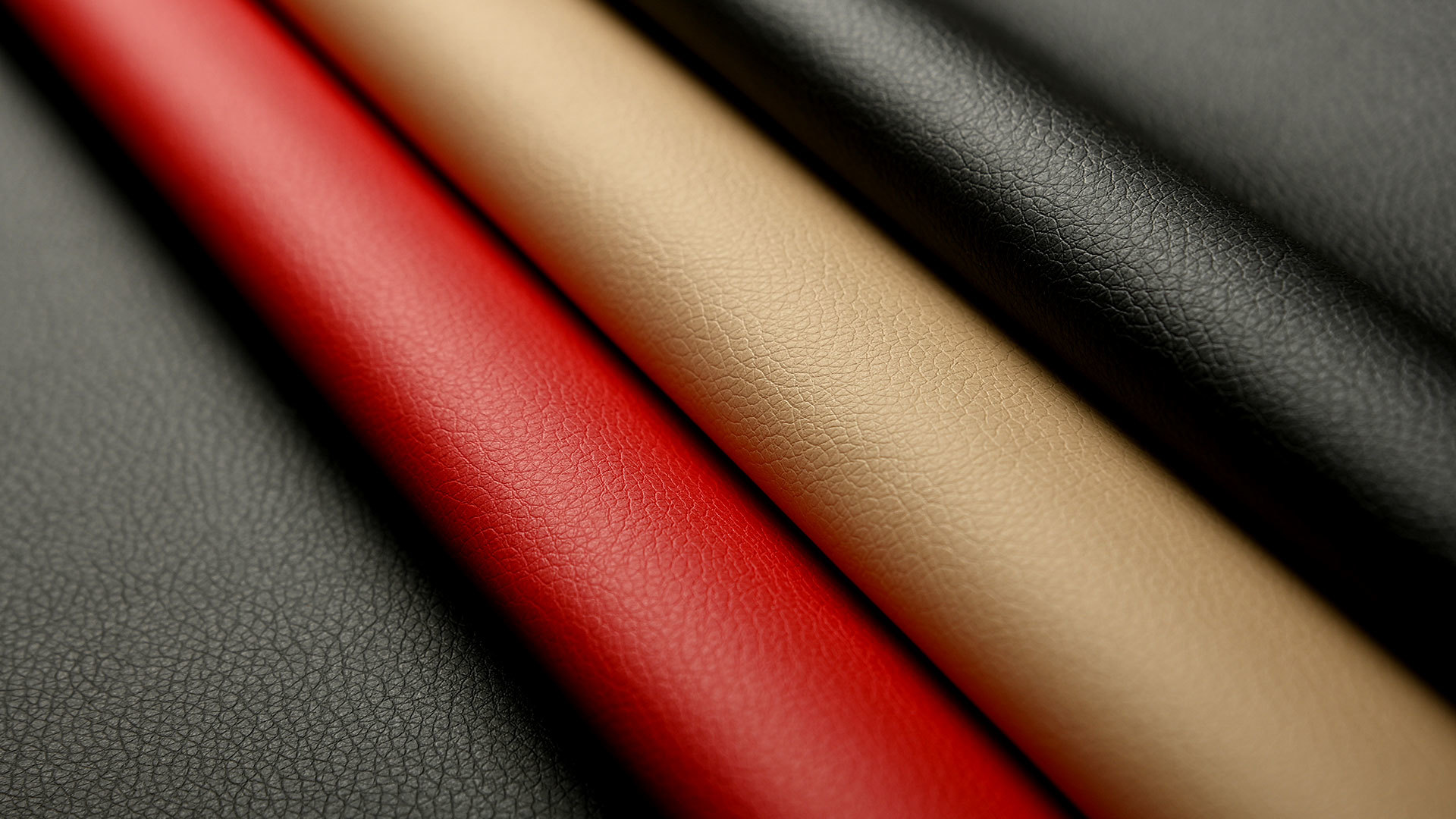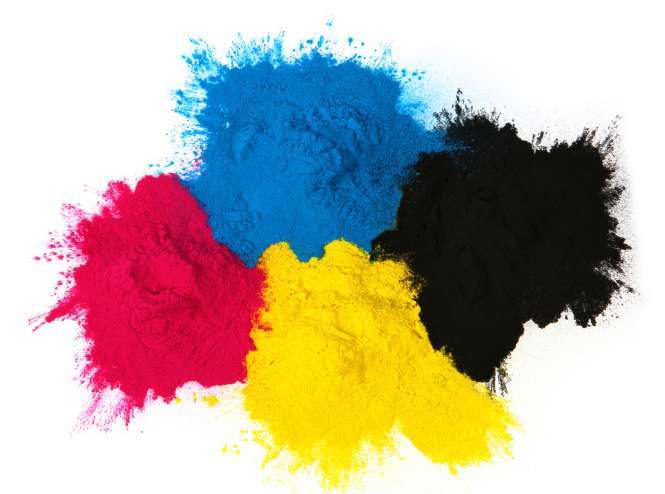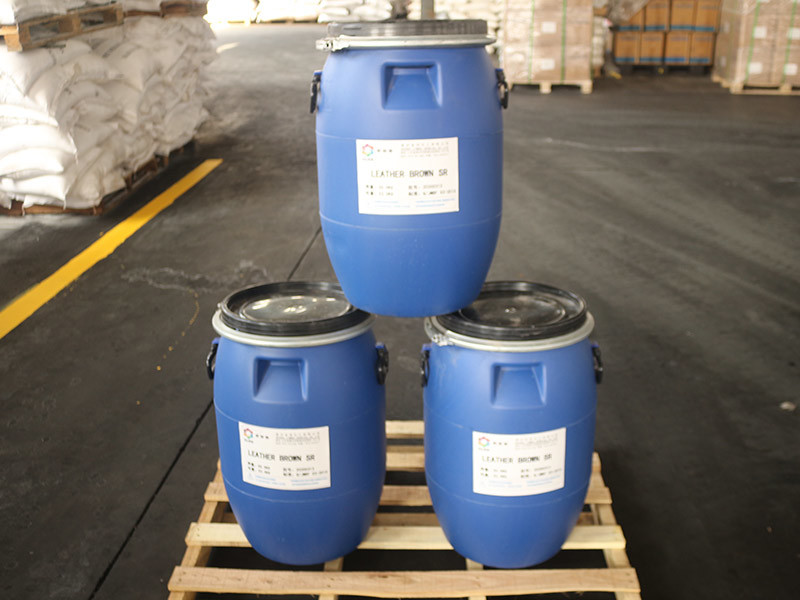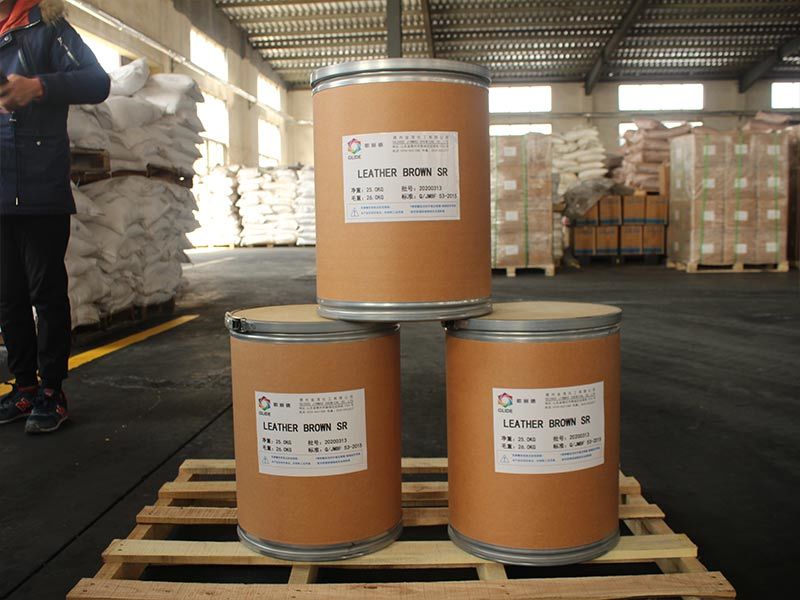[Textile Knowledge] The Relationship Between the Structure of Acid Dyes and Their Application Performance
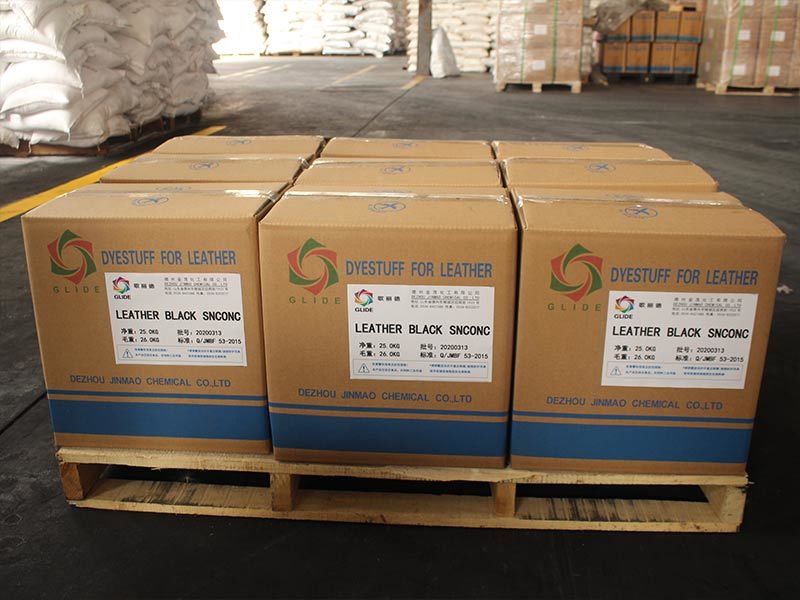
The relationship between the structure of acid dyes and their application performance
The molecular structure of dyes is closely related to their application performance on fibers, such as lightfastness, wet processing (washing, soaping), felting resistance, dyeing uniformity, and dye uptake during the dyeing process. Therefore, certain rules regarding the relationship between the molecular structure of dyes and their application performance have always been emphasized by dye workers.
The dyeing performance of acid dyes and their fastness on fibers, although related to the type and properties of the dyed fibers, are primarily influenced by the structure of the dye molecules themselves.
The lightfastness of dyes on fibers is related to many factors, such as the type and properties of the dyed fibers, the characteristics of the light source, temperature, humidity, dyeing depth, and the structural features of the dye molecules.
In the above structure, X can be an OH, OCH3, -SO3H, or a Cl, etc.
Another relatively effective method to improve the lightfastness of acid dyes is to introduce certain special groups into the dye molecules, which enhances the stability of the dye molecular structure or affects the physical state of the dye molecules in the dyed fibers, thereby improving their lightfastness. Typical substituent groups include different sulfonamide groups, such as -SO2NR2, -NHSO2Ph, SO2NHCH3, etc., which can be introduced into acid dyes and metal complex dyes.
In practical applications, more often, aliphatic carbon chains are introduced into acid dye molecules, which not only improves the lightfastness of the dyes but also enhances their wet processing performance. Measurement results indicate that as the length of the introduced aliphatic carbon chain increases, the lightfastness improves, typically C4~C3 is optimal; if longer aliphatic chains such as C16 are introduced, the lightfastness decreases.
The length of the aliphatic carbon chain in the molecule affects the lightfastness of dyed fabrics, which can be considered related to the physical state of the dye molecules in the fibers. Dyes with medium-length carbon chains are more likely to form aggregated states or micelles, which can more easily eliminate or decompose the energy of the dye's excited state before photochemical decomposition occurs, or reduce the time the excited state dye molecules exist, or decrease the area attacked by reactive particles such as O2, free radicals, H2O2, thereby improving the lightfastness of the dyes. Dyes with longer aliphatic carbon chains can increase the surface activity of these dye molecules, reduce the stability of dye aggregates, and allow the dye to exist as single molecules within the fibers. Therefore, it is necessary to select an appropriate length of aliphatic chain based on application requirements.
The lightfastness of acid and weak acid dyes derived from amino anthraquinone sulfonic acid on wool is relatively good, which is determined by the anthraquinone parent structure. Similar to amino anthraquinone disperse dyes, when a sulfonic acid group, methyl, or other substituent groups are introduced at the ortho position of the amino group, the reactivity of the amino group at position 1 of the anthraquinone towards photo-oxidation is reduced, improving its light stability. The following dyes all exhibit good lightfastness:
At the same time, if aliphatic carbon chains are introduced into the anthraquinone-based acid dye molecules, C8~C12 is preferable; otherwise, the lightfastness will also decrease.
Aromatic methane dyes have advantages such as high strength and bright colors, but typically on natural fibers, such as wool, silk, or cotton fibers, the lightfastness can range from level 1 to 4~5, with an average of level 2.
Effective ways to improve the lightfastness of triarylmethane acid dyes, in addition to introducing an appropriate number of sulfonic acid groups into the molecule, can also be achieved by introducing certain specific substituent groups at the ortho position of the central carbon atom in the triarylmethane molecular structure, such as -Cl, -CH3, and -SO3H. The presence of these groups creates a steric hindrance effect, causing the three benzene rings not to lie in the same plane, reducing the reactivity of the central carbon atom, increasing the photochemical stability of the dye molecules, and improving the lightfastness of the dyes on fibers. A typical example is that the lightfastness of acid violet 4BNS is only level 1, while the lightfastness of the substituted dye acid brilliant green B can be improved to levels 2~3.
Dyes must have a certain level of wet processing fastness, including resistance to washing, soaping, wet rubbing, alkali boiling, and felting fastness. Wet processing fastness is directly related to the diffusion performance of the dye molecules within the fibers, the relative molecular weight of the dye, the molecular conformation, and the bonding strength between the dye and the fiber.
The molecular structure of the dye determines the strength of the bond to the dyed fibers; the greater the bonding strength, the weaker the hydrophilicity, and the dye molecules retained within the fibers are less likely to diffuse outward, resulting in higher wet processing fastness. The rate at which certain acid dyes desorb from wool fibers into alkaline buffer solutions decreases as the bonding strength between the dye and fiber increases, and the desorption rate also decreases as the alkalinity of the solution decreases.
Increasing the relative molecular weight of the dye can be achieved in different ways. Early applications of biphenylamine as a diazo component to synthesize azo dyes, including certain varieties of acid dyes, due to their good molecular coplanarity, can improve the wet processing fastness of acid dyes more effectively than simply considering the influence of relative molecular weight. This planar structure provides more opportunities for van der Waals forces and hydrogen bonding interactions between the dye molecules and the fibers.
A more practically significant method to increase relative molecular weight is to introduce hydrophobic groups such as aliphatic alkyls, cycloalkanes, and aromatics into the dye molecules. The introduction of these groups not only reduces the solubility and hydrophilicity of acid dyes in water but also increases the attraction between the dye molecules and protein fiber molecules, significantly improving the wet processing fastness of the dyes. For example, when using para-alkyl anilines with different carbon chains as diazo components to synthesize acid dyes with H-acylation products, as the carbon chain length and relative molecular weight increase, the resistance to soaping also improves.
It can be seen that by introducing hydrophobic chains to change the dye molecular structure, increasing its relative molecular weight, or reducing the proportion of sulfonic acid and other water-soluble groups, it is beneficial to improve wet processing fastness.
In addition to having a certain degree of light and wet treatment fastness, dyes should also possess necessary uniform dyeing performance to achieve good dyeing results.
To resolve the above contradictions, it is common to increase the relative molecular weight to a certain extent, replacing aliphatic chains with aromatic rings or cycloalkanes, while introducing stronger polar groups, such as substituted sulfonamido or ester groups, to endow the dye with certain hydrophilic properties, which can enhance the ability to bond with fibers while also providing better uniform dyeing.
Latest developments


